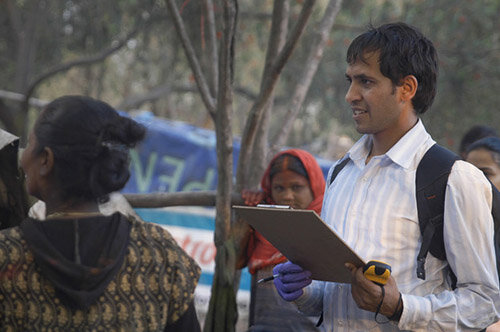ONE HEALTH SURVEILLANCE
Recognizing the need for a more proactive approach to pandemic prevention by discovering pathogens at their source before they have the opportunity to emerge and spread in humans, PREDICT built an international consortium and put One Health in Action to safely sample wildlife, livestock and domestic animals, and people in some of the world’s most vulnerable areas for zoonotic disease emergence.
Over the first five years (2009-2014), PREDICT teams sampled wildlife considered most likely to serve as reservoirs for emerging zoonotic pathogens at high risk human-animal interfaces for disease transmission. Building on this foundation, in 2014, our team designed and launched a One Health surveillance strategy focused on collecting samples from animals and people in high-risk areas in the same space and time. With partners in 30 countries, we worked with local communities to sample and interview patients in hospital and health care facilities, as well as people in villages considered high-risk for zoonotic disease emergence. In these same communities, our teams collected samples from wildlife and where feasible, livestock and domestic animals. Samples were safely and ethically collected and transported to labs for virus testing.
From 2009-2014, we sampled and tested >30,000 animals. Over the past six years (2014-2020), we collected and tested samples from > 68,000 animals and ~16,500 people, the world’s largest and most extensive zoonotic virus surveillance effort to date. Data from these efforts are publicly available, and insights are informing policies and intervention recommendations that strengthen health security and help keep the world safe from pandemic threats.









